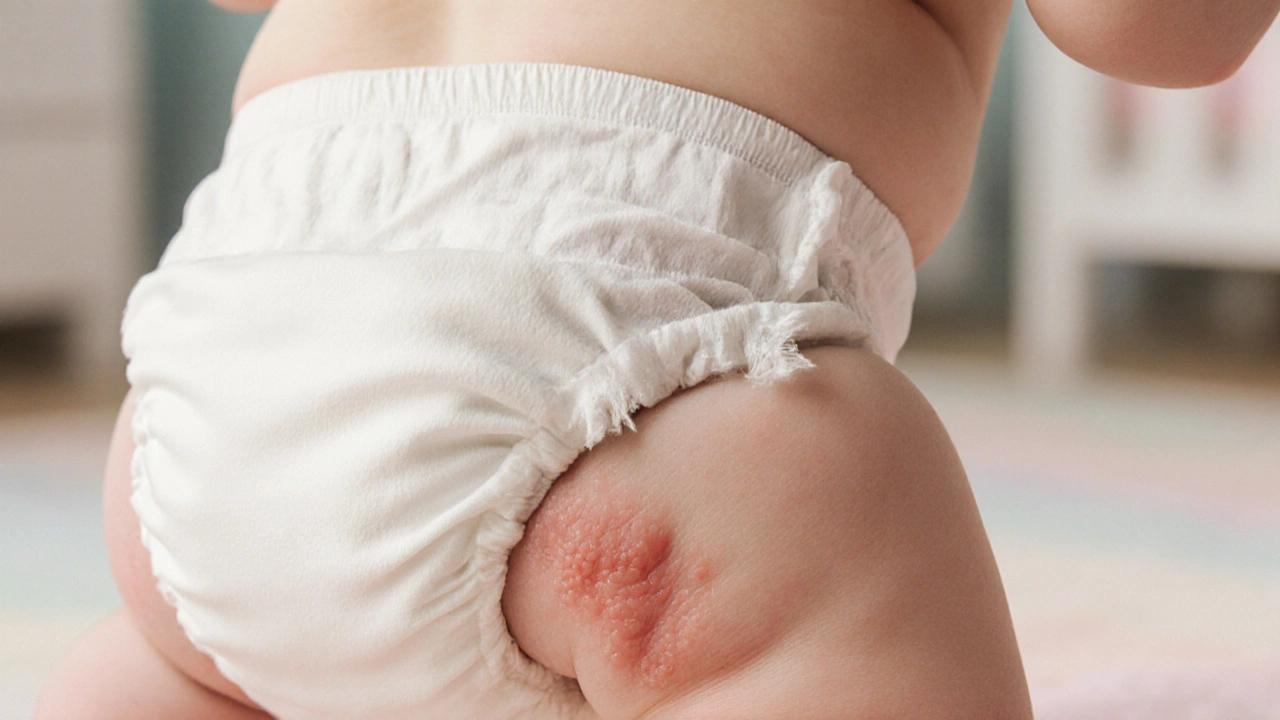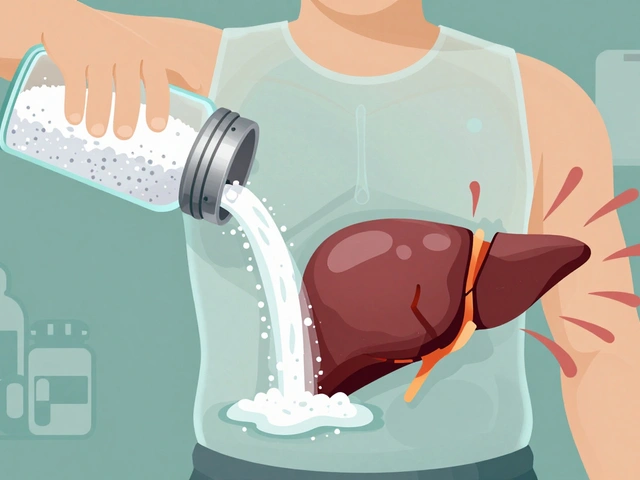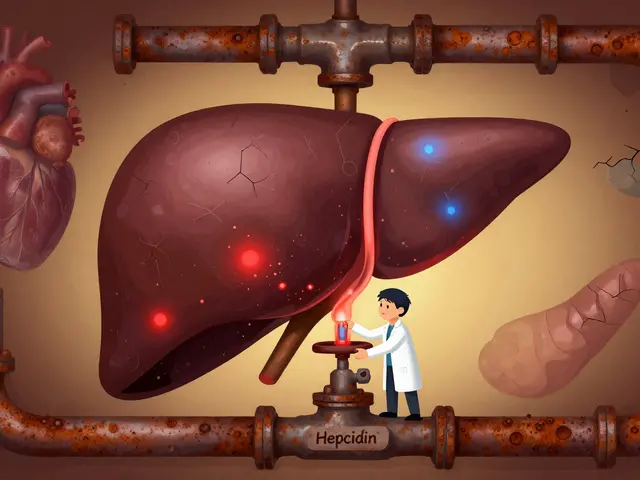Prevent Diaper Rash: Simple Steps for Comfortable Skin
When you’re trying to prevent diaper rash, you’re not just fighting redness—you’re protecting your baby’s most sensitive skin. A diaper rash isn’t just a nuisance; it’s a sign that the skin’s natural barrier is under stress. This happens when moisture, friction, and bacteria team up in a warm, closed space. The good news? Most cases are easy to stop before they start. It doesn’t take special products or complicated routines—just smart, consistent habits. Diaper rash, a common skin irritation in infants caused by prolonged exposure to wet or soiled diapers. Also known as diaper dermatitis, it affects nearly every baby at some point, but it doesn’t have to become a regular problem.
What makes diaper rash worse? Three things: not changing diapers often enough, using harsh wipes or soaps, and letting skin stay damp. Babies with sensitive skin or those on antibiotics are more prone, but even healthy babies can get it if the environment inside the diaper isn’t managed well. Diaper changing, the routine process of removing and replacing a soiled diaper to maintain skin health is your first line of defense. Do it every two to three hours, or right after a bowel movement. Let the skin air out for a few minutes before putting on a fresh diaper—this simple pause lets moisture evaporate and reduces irritation. Baby skin care, the daily practices that protect a baby’s delicate skin from irritation and infection doesn’t need fancy lotions. Just clean water, gentle patting, and a thin layer of zinc oxide cream can make all the difference. Avoid talcum powder—it can irritate lungs and doesn’t solve the real problem.
Some parents think tighter diapers keep things drier, but that’s a mistake. A snug fit is fine, but anything too tight traps heat and sweat. Look for diapers with breathable materials and consider switching brands if your baby keeps getting rashes. Cloth diapers can work well too, but they need to be washed with fragrance-free detergent and rinsed extra well. If your baby is starting solids, watch for changes in stool—new foods can change pH levels and trigger rashes. Probiotics, especially during antibiotic use, may help balance gut bacteria and reduce irritation from diarrhea-related rashes. You don’t need to buy every product on the shelf. Stick to what’s proven: frequent changes, gentle cleaning, air time, and a protective barrier cream.
What you’ll find below are real, practical guides from parents and pediatric experts who’ve dealt with stubborn rashes, tricky skin reactions, and the daily grind of diaper duty. These aren’t theoretical tips—they’re tested routines that actually work. Whether you’re new to parenting or you’ve been through this before, you’ll find clear, no-fluff advice on how to stop diaper rash before it starts—and how to fix it fast when it does.

Treating Friction‑Induced Diaper Rash: A Practical Guide
Learn how to quickly treat and prevent friction‑induced diaper rash with easy steps, the best barrier creams, home remedies, and signs that need a doctor.
read more




